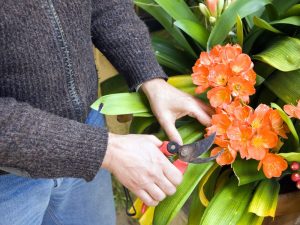Last Updated on March 20, 2024 by teamobn
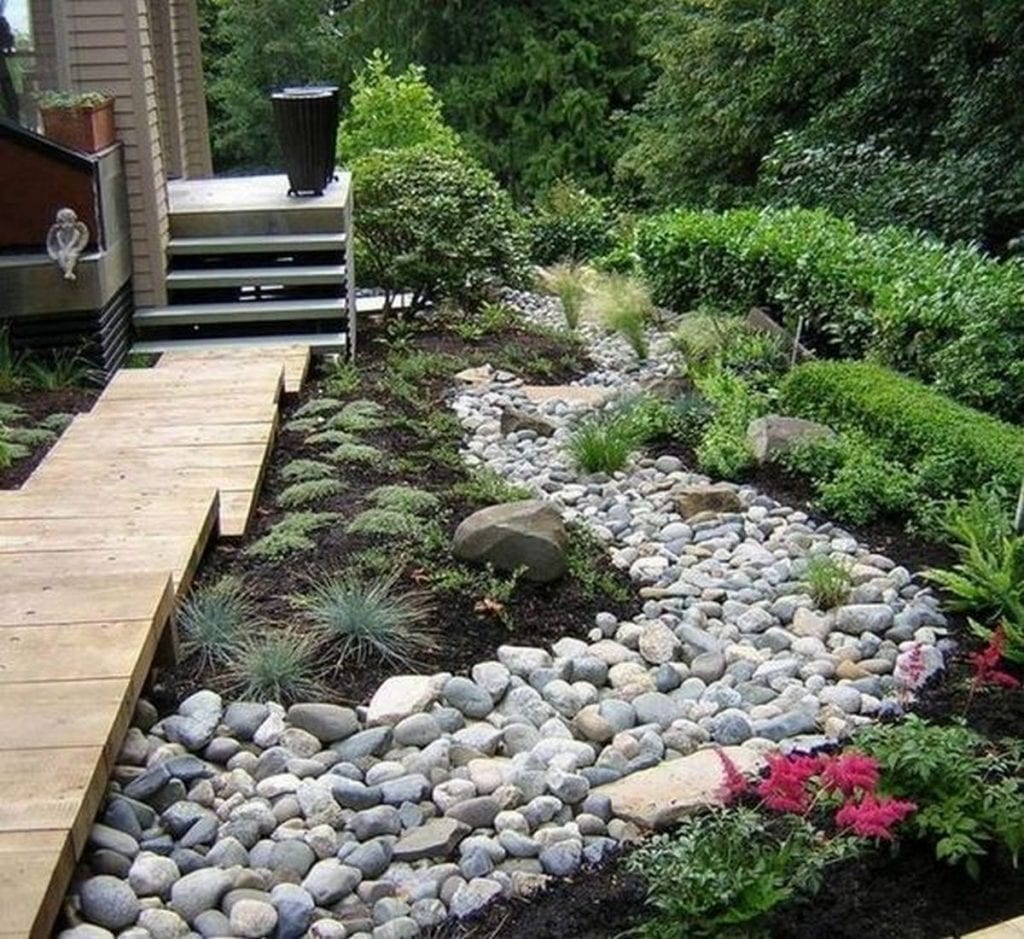
Dry creek beds also called dry stream beds, are trenches or gullies that are typically lined with stones. Different kinds of plants line the edges, mimicking the look of natural creeks and streams. A lot of homeowners, especially those with large backyards, gardens, or lawns, include dry creek beds when landscaping.
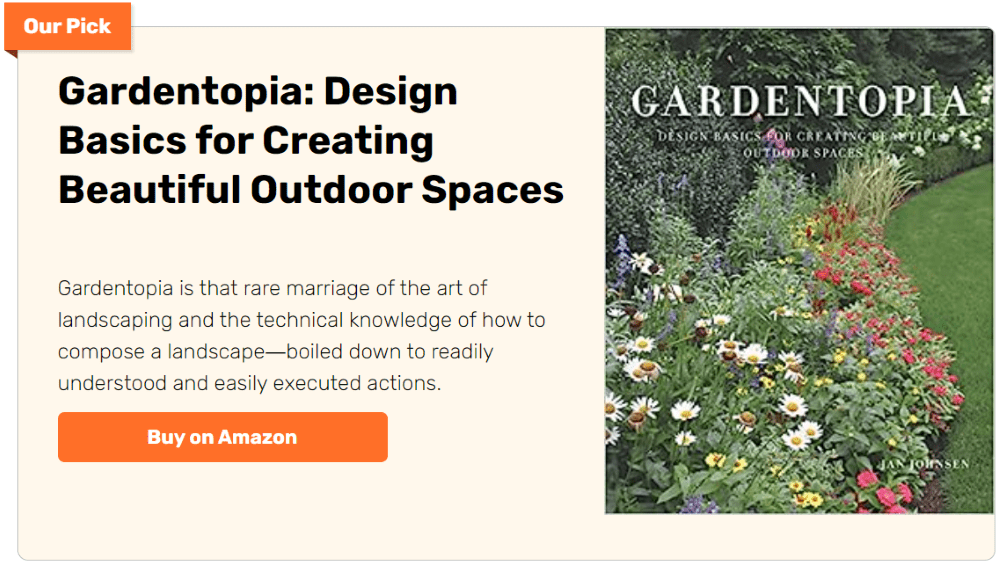
The good thing about a dry creek bed garden is that it doesn’t serve just one purpose. While they are indeed beautiful to look at, they are for a greater use – for drainage. It can redirect the flow of water and prevent water from pooling. It also reduces runoff thereby preventing erosion. If you live in an area that is constantly wet and rainy, this is good for you.
Beyond its aesthetic charm, it serves a utilitarian purpose of paramount importance—efficient drainage. Its intentional design and layout contribute significantly to preventing water-related issues and managing excess moisture effectively.
By acting as natural conduits, the dry creek bed garden channels water away from specific locations, curbing the potential for flooding and stagnant water accumulation. In addition to its drainage function, its features play a vital role in minimizing runoff, thereby acting as a proactive measure against soil erosion.
Having a dry creek bed garden in your landscape serves as an environmentally conscious solution to water management, providing both aesthetic enhancement and practical utility.

There are various dry creek bed garden design options that you can choose from. You can use them as a great outdoor focal point. Arrange the stones in a curving manner to allow water to flow slowly. Go for stones and rocks of various sizes, too. When designing, remember to do it naturally.
What do you think is your design of choice? We’d love to hear from you!
Click on any image to start the lightbox display. Use your Esc key to close the lightbox.
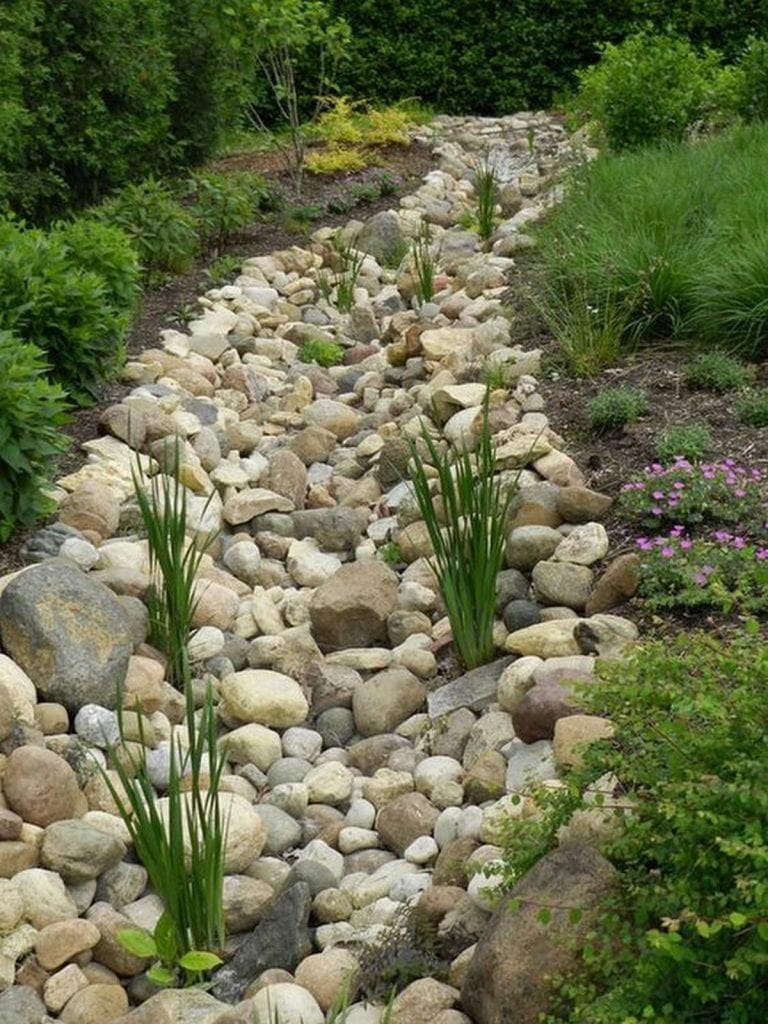
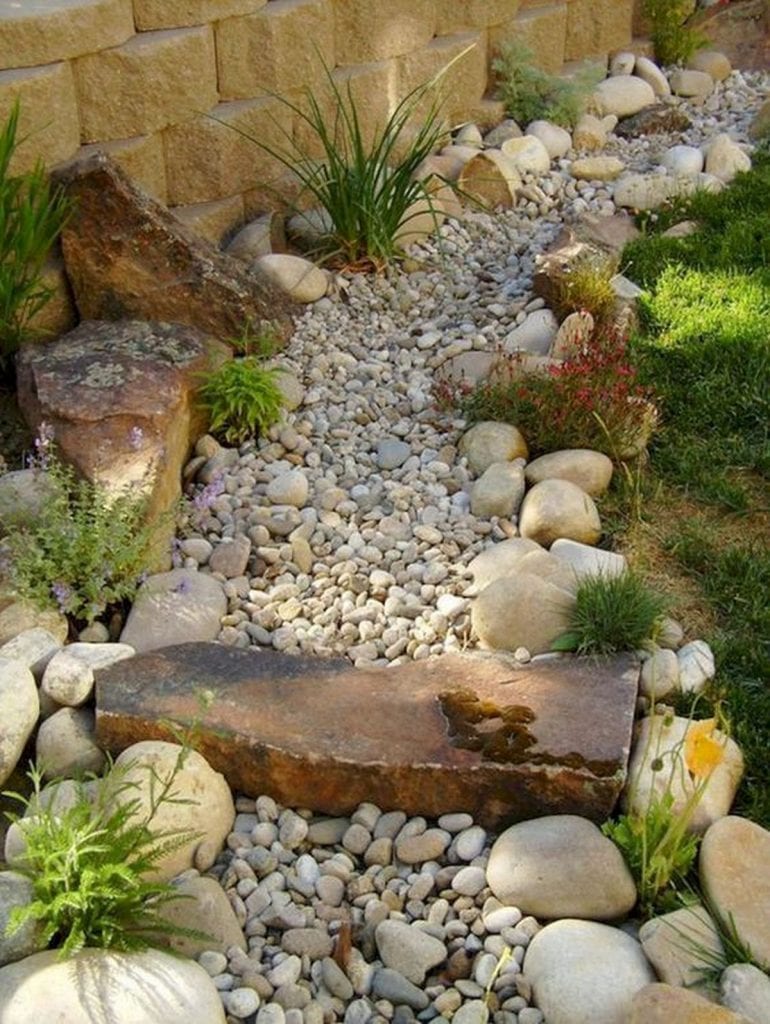

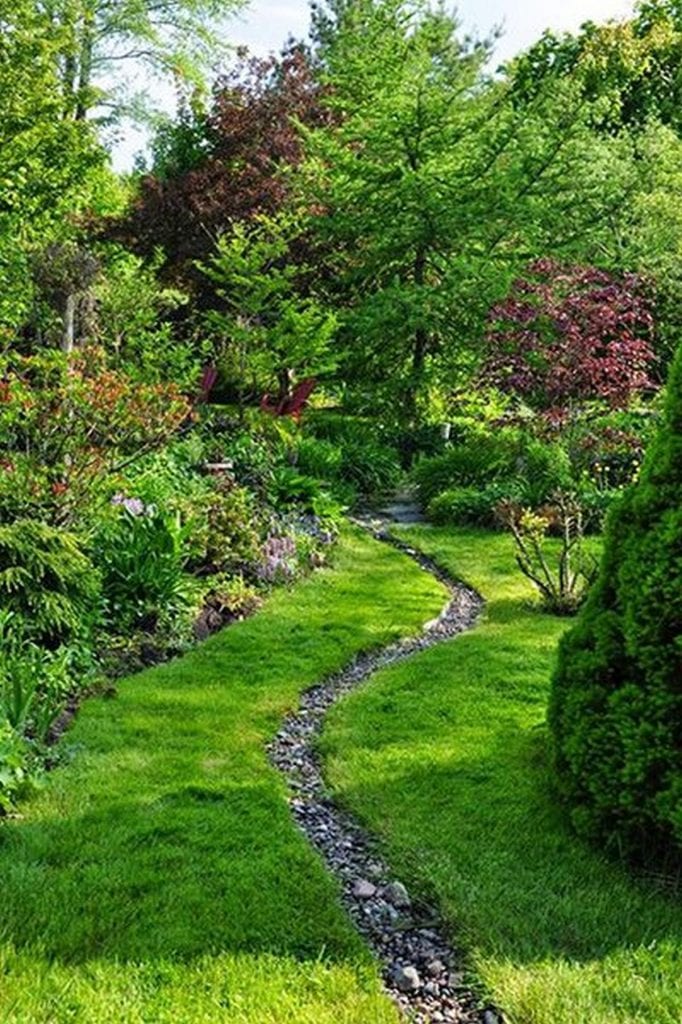

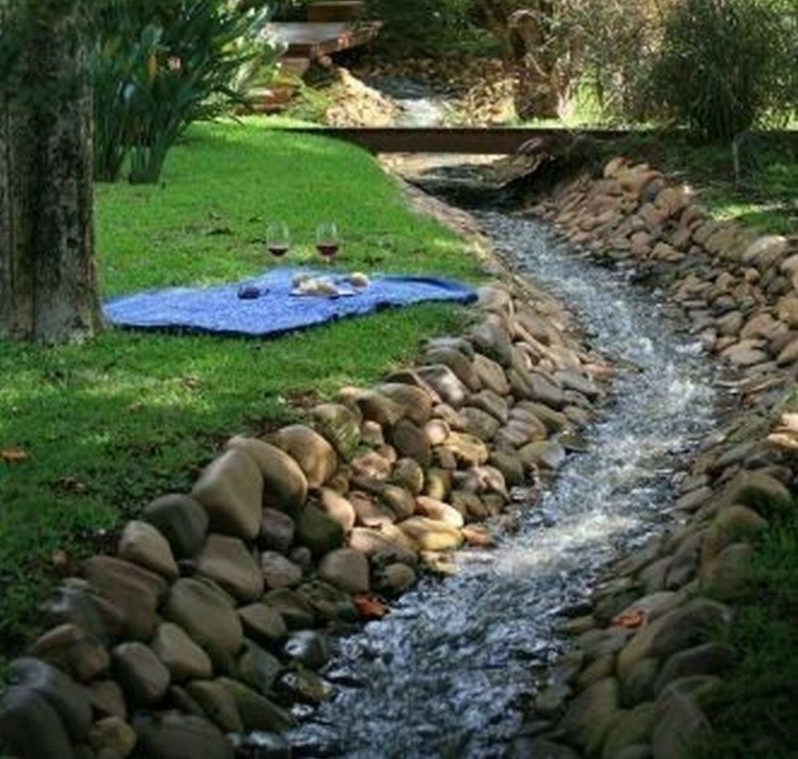
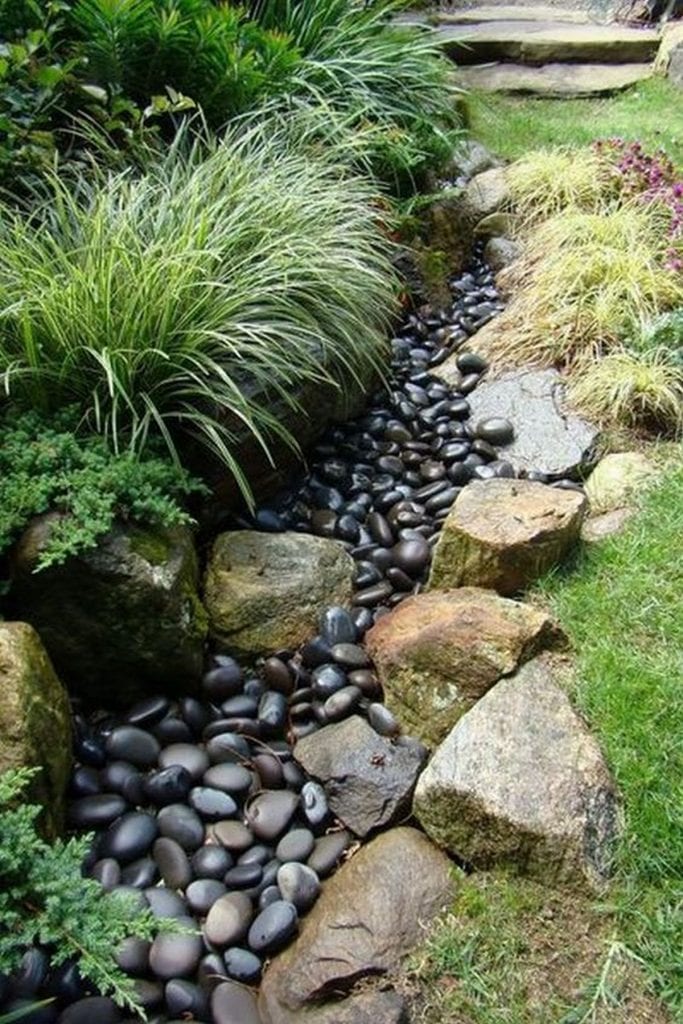

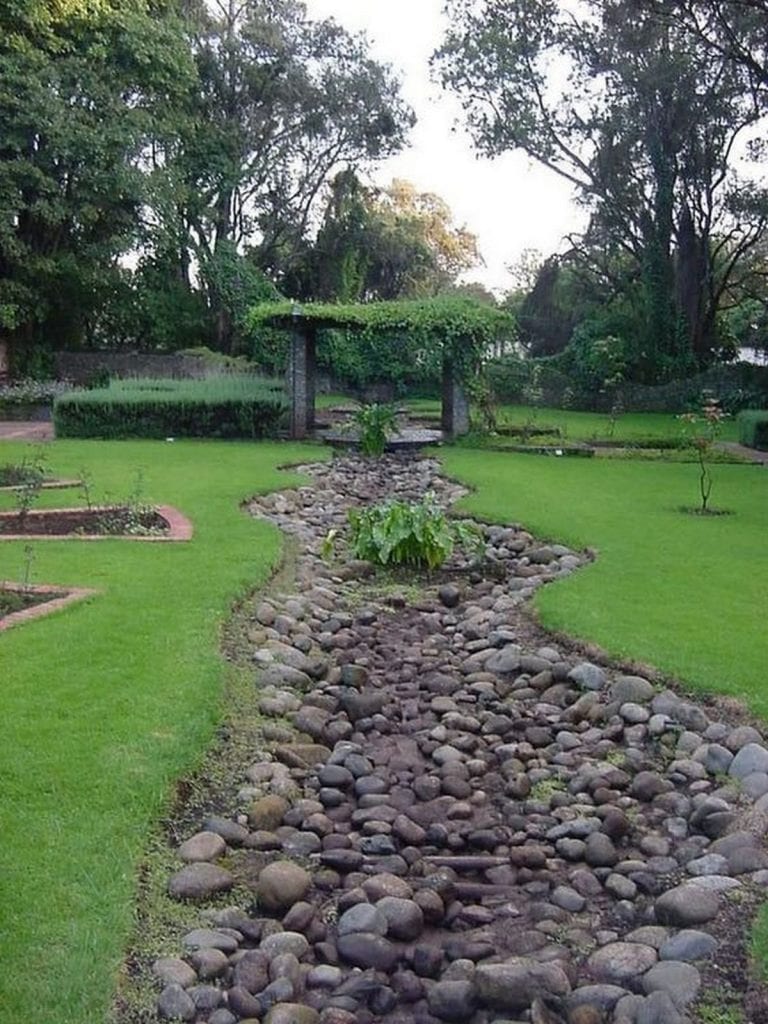
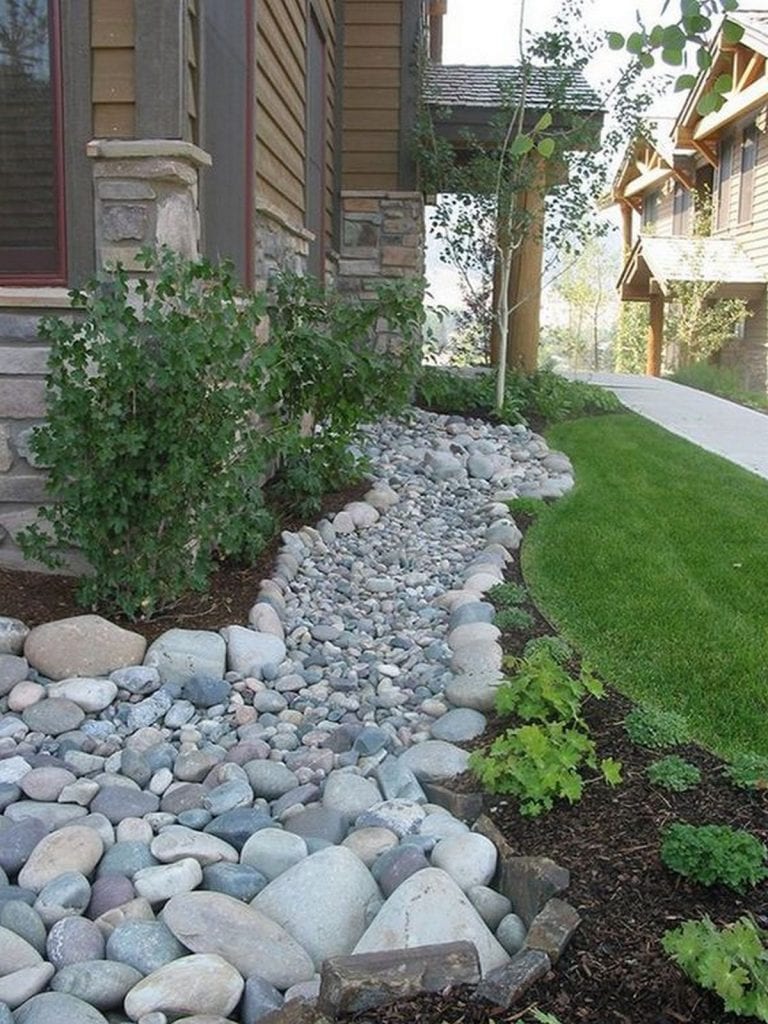
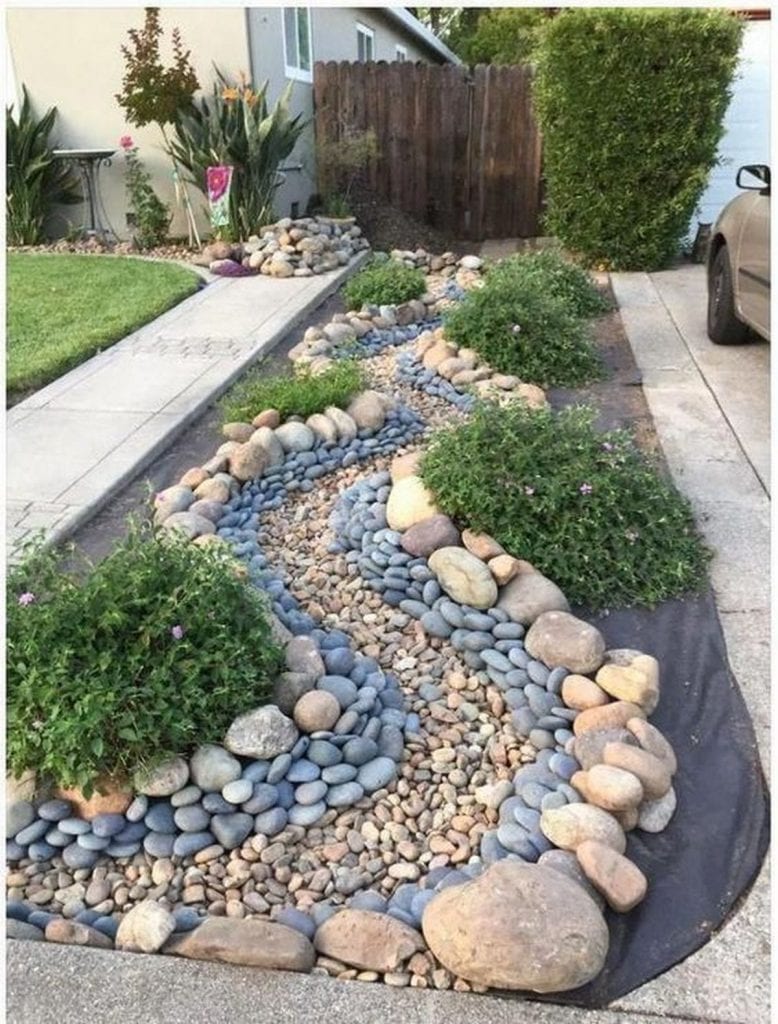
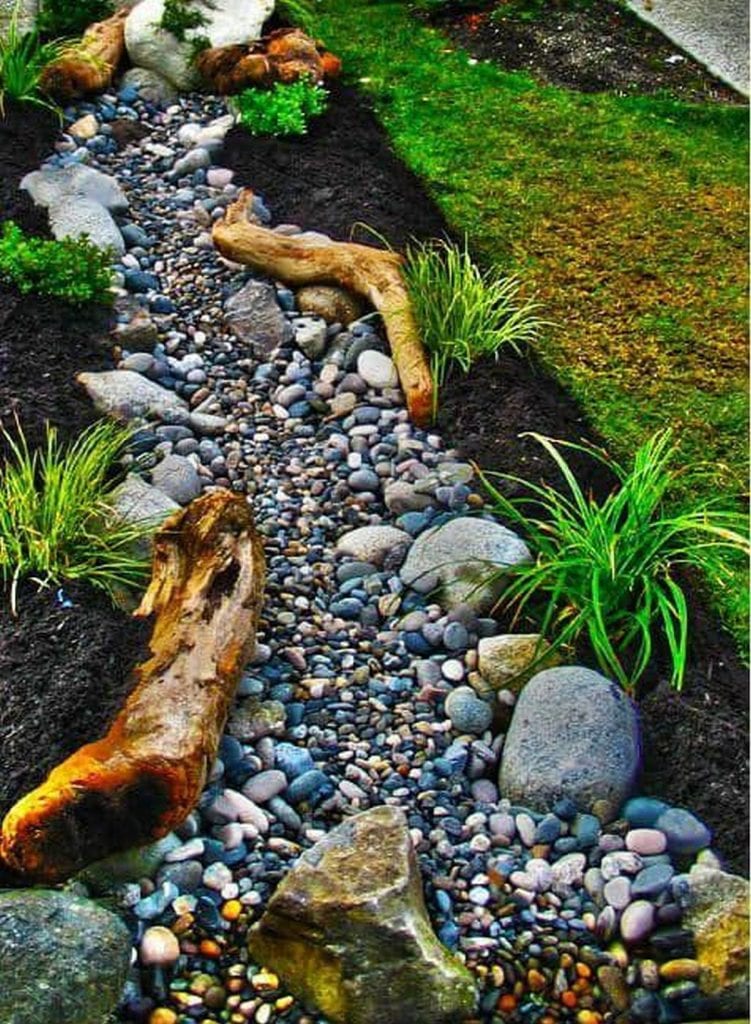
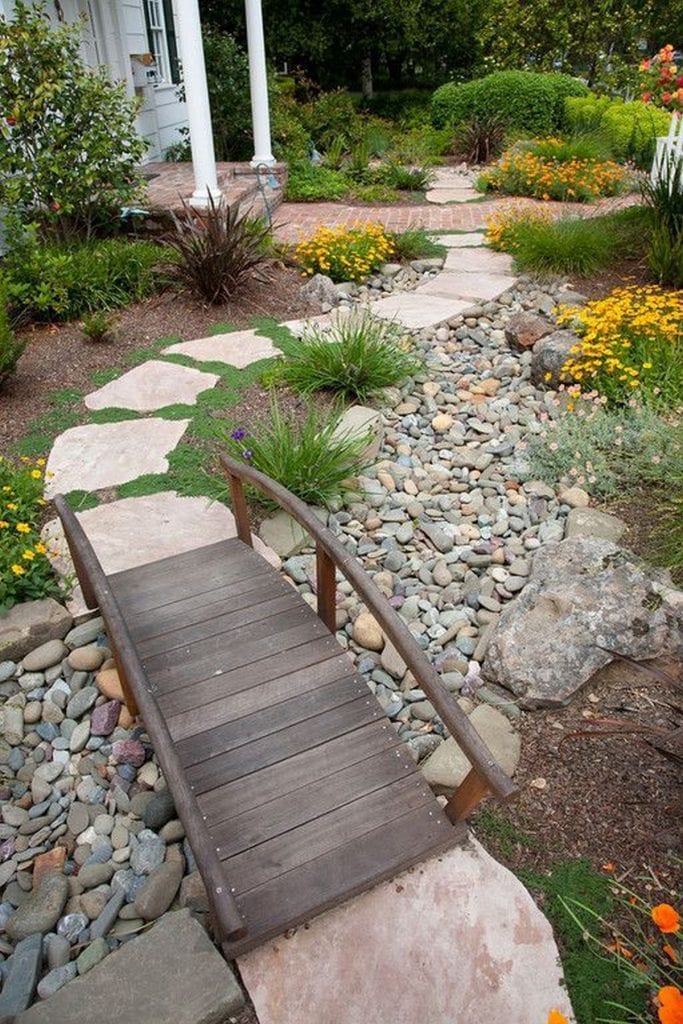


Fresh Ideas for Dry Creek Bed Gardens
Contents
Here are some inspiring ideas to elevate your dry creek bed garden:
1. Natural Stone Pathways: Integrate natural stone pathways along the dry creek bed to add texture and structure. Choose various sizes and shapes of stones to create a visually interesting and meandering effect.
2. Native Plantings: Opt for native plants and drought-resistant vegetation to populate the sides of the dry creek bed. This not only adds a touch of natural beauty but also ensures that the garden is well-suited to the local climate.
3. Strategic Lighting: Incorporate strategic lighting along the edges of the dry creek bed. Subtle, solar-powered lights or strategically placed spotlights can enhance the visual appeal of the garden, especially during the evening.
4. Bridge Elements: Introduce small bridge elements or stepping stones across the dry creek bed to create a sense of whimsy and connectivity. This not only serves a functional purpose but also adds an interesting focal point.
5. Mulch and River Rocks: Use mulch or river rocks to cover the bed of the dry creek. This not only provides a clean and manicured look but also helps with water retention and weed control.
6. Layered Elevation: Consider incorporating varying elevations within the dry creek bed. This can be achieved through the strategic placement of rocks and stones to mimic a natural stream’s cascading effect.
7. Rock Gardens: Transform the surroundings of the dry creek bed into a rock garden with carefully chosen boulders and smaller rocks. This creates a harmonious transition between the dry creek bed and the adjacent landscaping.
8. Sculptural Elements: Introduce artistic or sculptural elements for a unique touch. This could include driftwood, metal sculptures, or decorative stones strategically placed to enhance the overall aesthetic.
9. Water Feature Integration: If space allows, consider integrating a small water feature, like a bubbling fountain or a bird bath, near the dry creek bed. This adds an auditory element to the garden and attracts local animals.
10. Drought-Tolerant Ground Cover: Utilize drought-tolerant ground cover plants to blanket the areas surrounding the dry creek bed. This not only adds greenery but also reinforces the garden’s eco-friendly and sustainable design.
By incorporating these ideas, you can transform it into a visually stunning and functional element within your garden, blending practicality with aesthetic appeal.
Practical Advantages of Dry Creek Bed Garden Landscapes
In the realm of landscaping, the integration of natural features not only enhances the visual appeal of outdoor spaces but also serves practical purposes, contributing to the overall functionality of a landscape. From effective water management and erosion prevention to sustainable and eco-friendly practices, dry creek beds emerge as versatile elements offering both form and function.
Are you ready to make your dry creek garden bed? It is an intelligent and purposeful choice if you’re seeking a harmonious blend of beauty and utility in your outdoor environments.
1. Enhanced Drainage: Dry creek beds are proven effective drainage solutions, especially in areas prone to heavy rainfall. They facilitate the rapid absorption of excess water into the ground, minimizing the potential for waterlogging.
2. Aesthetic Appeal: Beyond their functional purpose, dry creek beds contribute to the visual appeal of your landscape. They add texture, depth, and a natural element to your garden, creating an aesthetically pleasing focal point.
3. Low Maintenance: Compared to traditional water features, a dry creek bed garden requires less maintenance. There’s no need to worry about standing water, algae, or the continuous upkeep associated with water pumps and filters.
4. Drought Tolerance: The use of native and drought-tolerant plants alongside the dry creek bed garden promotes a water-wise garden. This can lead to reduced water consumption and increased sustainability in regions with water scarcity.
Waterless Wonders
At this point, you have uncovered a variety of creative and inspiring ideas for dry creek bed gardens. You have delved into the aesthetic and functional aspects of landscaping with dry creek beds, covering elements such as natural stone pathways, native plantings, strategic lighting, bridges, mulch, river rocks, layered elevation, rock gardens, sculptural elements, and integration of water features.
These ideas aim to transform outdoor spaces, offering a harmonious blend of visual appeal and practicality while encouraging you to experiment with innovative designs for your gardens.
Frequently Asked Questions
1. What is a dry creek bed garden?
A dry creek bed garden is a landscaping feature designed to mimic the appearance of a natural creek or stream bed, without the presence of water. It typically consists of a shallow trench or depression lined with rocks, gravel, and drought-tolerant plants, creating a visually appealing and low-maintenance garden element.
2. What are the benefits of incorporating a dry creek bed into my garden?
Dry creek beds offer several benefits for gardeners. They help to manage excess water runoff during heavy rainfall, preventing erosion and waterlogging in the garden. Additionally, they add visual interest and texture to the landscape, creating a focal point that enhances the overall aesthetic appeal of the garden. Dry creek beds also provide habitat for wildlife and can attract beneficial insects and pollinators to the garden.
3. How do you choose the right location for a dry creek bed garden?
When selecting a location for your dry creek bed garden, consider factors such as the natural slope of the land, drainage patterns, and the overall layout of your garden. Choose a site that receives adequate sunlight and is easily visible from key vantage points in the garden. Avoid placing the dry creek bed in areas prone to flooding or where it may obstruct foot traffic or garden access.
4. What materials do you need to create a dry creek bed garden?
The materials needed to create a dry creek bed garden include rocks or boulders of varying sizes, gravel or crushed stone, landscape fabric or weed barrier, and drought-tolerant plants suited to your local climate. You may also need basic landscaping tools such as shovels, rakes, and wheelbarrows to excavate the trench and arrange the materials.
5. How do you design a dry creek bed garden that complements my existing landscaping?
When designing a dry creek bed garden, consider the overall style and aesthetic of your existing landscaping. Choose rocks and plants that complement the colours and textures already present in your garden, and incorporate elements such as curves, bends, and meanders to create a naturalistic look. Pay attention to scale and proportion, ensuring that the dry creek bed harmonizes with the surrounding landscape rather than overwhelming it.
6. How do you maintain a dry creek bed garden?
Dry creek beds are generally low-maintenance features, but they may require occasional upkeep to keep them looking their best. Remove debris such as leaves, twigs, and sediment that may accumulate in the creek bed, and check for any signs of erosion or damage after heavy rainfall. Prune and weed the surrounding plants as needed to prevent overgrowth and maintain a tidy appearance.
7. Can you incorporate a dry creek bed into a small garden space?
Yes, dry creek beds can be scaled to fit gardens of all sizes, including small urban or courtyard gardens. Consider creating a narrow, meandering creek bed that winds its way through the garden, or opt for a series of smaller creek beds arranged in strategic locations to maximize visual impact. Use smaller rocks and plants to create a sense of scale and proportion within the limited space.



